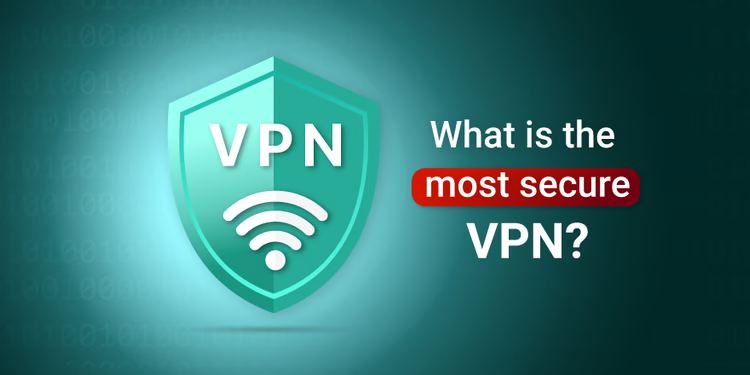Introduction to IEEE802.3at PoE Standards
IEEE802.3at PoE Standard are a set of standards developed by the Institute of Electrical and Electronics Engineers (IEEE) to ensure interoperability and compatibility between different Power over Ethernet (PoE) products. The standards define the maximum voltage and current that can be delivered by a PoE device, as well as the maximum power dissipation for safe operation.
IEEE802.3at compliant devices are designed to work with each other to provide a safe and reliable Power over Ethernet connection. The standards help to ensure that all devices connected to a PoE network can operate at their full potential, without damaging equipment or posing a safety hazard.
When selecting IEEE802.3at compliant products, it is important to consider the power requirements of the devices being powered. The maximum power budget for an IEEE802.3at network is 30 watts, which is sufficient for most devices such as laptops, VoIP phones, and security cameras. However, some devices such as high-power PoE switches may require more than 30 watts of power and will need to be connected to an external power source.
The IEEE802.3at standards are constantly evolving, with new revisions being released on a regular basis. The latest version of the standard was released in 2014 and includes provisions for increased power levels up to 100 watts. This higher power level is necessary for powering newer devices such as 4K TVs and high-end gaming PCs.
What is Power over Ethernet (PoE)?
Power over Ethernet, or PoE, is a technology for wired Ethernet LANs (local area networks) that allows for the electrical current necessary for the operation of each device to be carried by the data cables rather than by power cords. This permits devices such as VoIP (Voice over IP) phones, wireless access points, and IP cameras to receive power from the same source as their data connection without the need for an additional power cable.
The IEEE 802.3at standard, approved in 2009, specifies increased maximum power levels and expanded capabilities including Power over Ethernet Plus (PoE+). The new maximum power level is 25.5 watts per port, which can be delivered using existing Category 5 cabling infrastructure.
What are the benefits of using PoE?
There are many benefits to using Power over Ethernet (PoE), which is why the technology has become increasingly popular in recent years. Perhaps the most obvious benefit is that it eliminates the need for dedicated power lines to be run to devices that require electricity, such as security cameras, WiFi access points, and VoIP phones. This can save a lot of time and money during installation, as well as making it much easier to move these devices around if necessary.
In addition, PoE can provide a reliable and consistent source of power, which is often important for devices that need to be running 24/7. And because the power is delivered via the Ethernet cable, there is no risk of electrical interference or voltage surges that can damage sensitive equipment.
Finally, one of the great things about PoE is that it offers a scalable solution for powering multiple devices. If you need to add more devices in the future, you can simply install additional PoE ports or switches without having to worry about upgrading your electrical system.
IEEE802.3at PoE Standards
IEEE802.3at is the most recent Power over Ethernet standard, ratified in 2009. It increased the maximum power output to 30 Watts, allowing for devices such as VoIP phones, wireless access points, and video cameras to be powered by PoE.
The 802.3at standard is also known as PoE+ or PoE Plus. Like the previous 802.3af standard, it uses the same RJ-45 connector and data cabling as Ethernet. However, 802.3at is not compatible with 802.3af devices – a separatePoE+ injector or switch is required.
PoE+ devices are becoming increasingly popular as they offer a convenient and cost-effective way to power network devices without the need for additional electrical outlets or cabling.
Conclusion
In conclusion, the IEEE802.3at PoE standards define how much power can be delivered safely over Ethernet cables. These standards are important to follow in order to avoid damaging equipment or causing electrical fires. Following these standards will help ensure that your equipment is safe and reliable.


